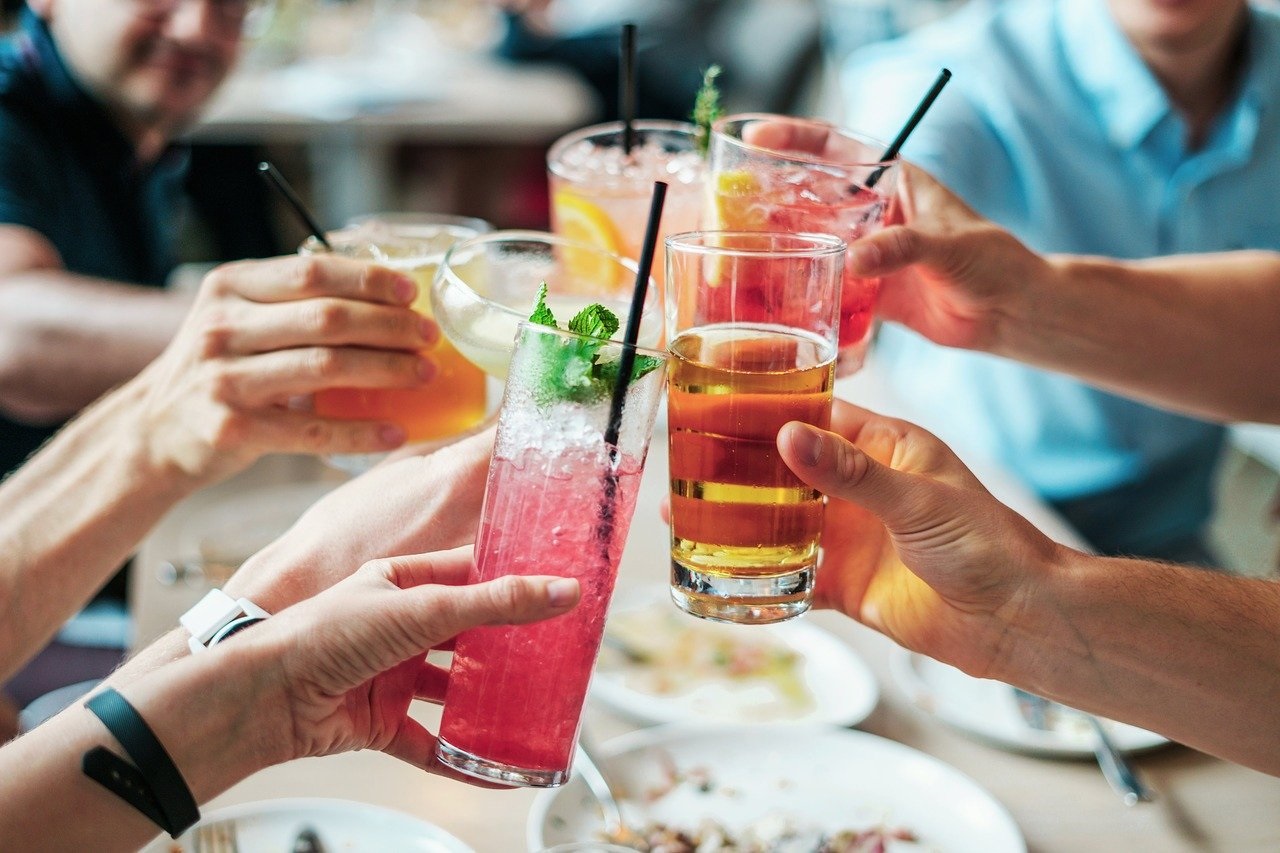Many consumers discovered just how important alcoholic beverages were in 2020. After all, there was a reason so many cities deemed liquor stores to be essential businesses when stay-at-home orders were first enacted in the spring. And while we may not – and probably shouldn’t – consume quite as many alcoholic beverages in 2021 (at least at home), many of the habits developed this year will continue into the year ahead, while new trends will pop up as consumers get back to normal. Based on research from Datassential’s “Future of Drink” report and COVID-19 consumer research, here are five alcoholic beverage five trends to watch for in the year ahead:
- Hard seltzer continues to grow – and evolve: Hard seltzer was the fastest-growing option on menus last year. I don’t mean it was the fastest-growing alcoholic beverage on menus, I mean it was the fastest-growing menu item overall, topping any other food, ingredient, flavor, or beverage. So will this phenomenal growth continue in 2021? Absolutely – Haiku, our machine learning engine, predicts it will hit 7% of drink menus next year, which is amazing for a category that was on less than 1% of menus only 3 years ago. If you don’t have hard seltzer on the menu already, you should consider it, but you should also look for ways to stand out in an increasingly crowded environment. In the year ahead, consider new brands and flavors, local options, collaborations, hard seltzer-based cocktails, and at letting customers customize their hard seltzer with flavored syrups or ingredients.
- Drink delivery endures: Of those consumers who say they ordered alcoholic beverages for delivery for the first time during COVID-19 restrictions, nearly 70% say they will continue ordering them into the future. While this trend will certainly rely on changing liquor laws across the country, most consumers, operators, and manufacturers want to see the practice continue, while delivery and curbside pickup overall will only continue to grow as options. Expect to see delivery-friendly formats like canned wines and bottled cocktails grow, while we could see “ghost bars” as a corollary to ghost restaurants pop up on delivery apps.
- Experiences matter: With the possibility of a vaccine on the horizon, life may get back to normal in 2021. As consumers head back to bars and restaurants again, they’ll look for the types of unique experiences and the hospitality that they associate with restaurants. Over 60% of on-premises alcoholic beverage consumption happens at casual restaurants, casual bars, or sports bars, so these operators should consider options that consumers can only get from a casual restaurant or bar. Shareable drink options (57% of alcoholic beverage consumers are interested in group drinks like punch bowls and cocktails by the pitcher), beer or wine flights, and over-the-top cocktails will all make a comeback in 2021. Also consider adding drinks from around the globe to the menu, giving consumers a chance to experience the world again. Sake, soju, South American spirits, and Japanese whiskey are all growing options on menus that have high “interest” scores with alcoholic beverage consumers.
- New connections: In a strange way, many consumers grew even closer to the foods, restaurants, stores, and brands that they love in the past year. They took Zoom classes with cocktail chefs and created a personal connection. They bought the brands they know and love to help them get through a difficult year. They donated to GoFundMe campaigns to ensure their favorite restaurant can survive. Those connections don’t have to stop being formed in 2021 – in fact, the industry should double down on them. In the next year, brands should hold more in-person tastings, tours, and classes to give consumers a chance to meet the people behind the brand and learn their story. Meanwhile, 62% of alcoholic beverage consumers say they are interested in “drinking for a cause,” like brands that donate a portion of revenue to charity.
- Changing need states: Not only did cannabis win big on election night this year, meaning now one-third of all Americans live in a state where recreational cannabis is legal, but voters in Oregon and Washington D.C. also approved the use of psychedelic mushrooms for therapeutic use. As we reach a legalization tipping point in the U.S., it will continue to impact and influence the alcoholic beverage industry. The industry should look at the need states that are driving interest in cannabis and psychedelics and respond accordingly. Drinks that can promote relaxation and stress relief, that have functional or medicinal benefits, that can offer a more psychedelic or even hallucinatory experience, and that don’t result in a hangover (a longtime holy grail in the industry) are all areas where many alcoholic beverage companies will begin to innovate and release products.
In many ways, 2021 will be a transition year as we get back to normal, even if it’s the new normal. But it’s also a year when new habits and trends that developed in 2020 will come into their own. Meanwhile, consumers will seek out the experiences and options that they have missed in the past year. In the year ahead, consumers will want to finally relax and let go of at least some of their worries – and there are few parts of the food industry better prepared to meet those needs than the alcoholic beverage industry.
Related stories:
- 5 trends taking hold in the dairy industry
- Shifts in food shopping behaviors due to COVID-19
- Resilient restaurateurs press on with new eateries optimized for uncertain times
Mike Kostyo is the senior managing editor and resident trendologist at Datassential.
________________________________________________
If you enjoyed this article, you can sign up for the WSWA SmartBrief or the CIA Wine & Beverages SmartBrief to get news like this in your inbox. For even more great news content, sign up for any of SmartBrief’s 275+ free email newsletters today, free.
